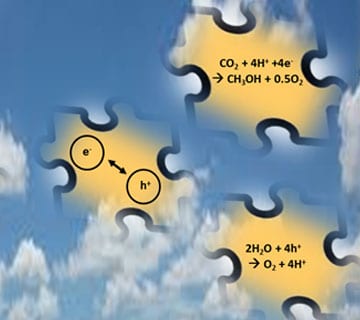A team from USTC have developed a new oil collection apparatus based on a combination of HPS with pipes and a self-priming pump.


A team from USTC have developed a new oil collection apparatus based on a combination of HPS with pipes and a self-priming pump.
Scientists from Australia in Australian National University have examined recent progresses on the mechanisms of water and ion transport through nanoscale pores.

Researchers find that energy is transferred more efficiently inside of complex, 3D organic solar cells when the donor molecules align face-on.

The effect of hydrogen and/or external electron donors on the microstructure of polypropylene is investigated by several experimental techniques.

Guest writer Hua-Jie Zhu of Hebei University discusses the role of density in the characterisation of ultralight materials.

Sustainability – solar fuels from the sun, not fossil fuels from the earth.
Researchers at Rensselaer Polytechnic Institute develop new method to kill pathogenic bacteria without antiobiotics or chemicals.

Assistant professor David Kisailus studies the chiton, a marine snail found off the coast of California, to develop nanoscale materials for energy applications.

Blood capillary analogues have been developed in a biodegradable hydrogel as a promising platform for in vitro drug testing.
Tight junctions between epithelial and endothelial cells form selective barriers and paracellular channels and regulate paracellular transport of solutes, immune cells, and drugs. More specifically, tight junctions consist of proteins that laterally...